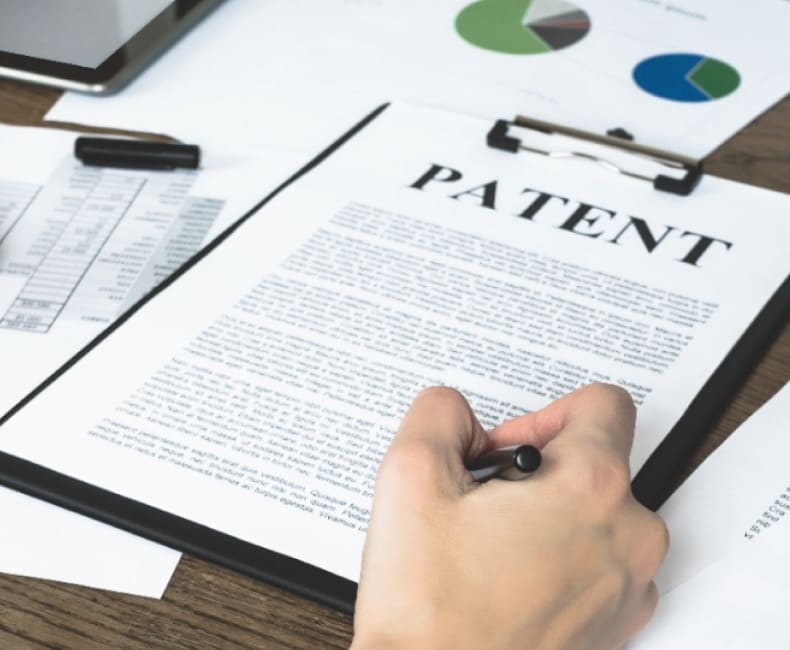Patent Portfolio – Use and Advantage for Universities & Colleges
By Vidyasagar Khandala Most of Indian Universities are refraining from investing and spending on activities for developing Intellectual property portfolio, such as for R&D, patent filing for the innovative R&D, patent prosecution and the like. Some universities are filing patents only for the sake complying with the set rules and regulations of some authorities to obtain some clearances or accreditation.
Only very few Institutions are investing on IP portfolio development activities with intention to contribute to economic and technological empowerment. Generally, management of most of the Indian Universities have a question regarding investing on IP portfolio development activities. The question is, what revenue we generate by investing on Intellectual property rights protection? Also, why someone has to invest on complex Intellectual property rights such as patents? Would Patents really generate any revenue, any ROI? Today we would like to highlight news regarding revenue generation by an University by enforcing Intellectual property rights. Most of us know (heard) about patent infringement suits of Apple Inc. v/s Samsung and similar.
The biggest award in a non-medical technology patent case is Polaroid’s case against Kodak over instant cameras, which resulted in a $909 million verdict in 1990 and a $925 million settlement in the following year. That case also led to an injunction shutting down Kodak’s instant camera business. But most of these suits are filed and faced by big corporate firms.But recently, one of a pioneer case proved that even Universities have potential to face and file patent suits. Not only the case proved the capacity and persistence of universities but also proved a winning result for their persistence and adherence.
The pioneer case is of patent litigation Carnegie Mellon University Vs Marvel technologies. The case resulted in penalty of $750 million, which was paid from Marvel technologies to Carnegie Mellon University. This is the second-largest payment ever over technology patents. At the district court level, Carnegie Mellon University was on track to collect as much as $1.54 billion. The university won a $1.17 billion jury verdict in 2012, to which a judge added penalties and interest. But an appellate court cut the win significantly, approving $278 million in damages and ordering other damages issues to be re-tried at the district court level.
Instead of fighting further in courts, Marvel technologies agreed to pay $750 million to the Carnegie Mellon University & paid $750 million to the Carnegie Mellon University.Former president of Carnegie Mellon University Dr. Subra Suresh said that after deducting legal expenses and share of inventors in the received penalty ($750 Million), the university will be getting around $250 Million. Carnegie Mellon university case suggests that, if the university are able to identify and protect potential invention under patents (Intellectual property rights), this would surely help in bringing revenues to the Universities in the from of licensing/Assigning or by litigation.
The identification and recognition of IPR will definitely bring revenue to the Universities, attract a better talent (students and professors) and also a great contribution to society. In a single sentence we can summaries that, even if less than 5% percent of annual profit of universities is wisely and analytically invested for Intellectual property rights; universities can fetch revenue, which is equal to three to four years of their annual budget. It can be concluded that for increasing possibility of commercialization, proper strategy from the stage of conceptualization, R&D and patent filing with proper consultancy would be beneficial to the universities.



Forzabet
618570 824275I really like this information presented and possesses given me some type of resolve forpersistance to succeed i really enjoy seeing, so sustain the outstanding function. 491732
gullybet games
Great article and right to the point. I am not sure if this is really the best place to ask but do you people have any thoughts on where to employ some professional writers? Thanks 🙂
Elizbeth
I just couldn’t depart your website prior to suggesting that I really enjoyed the usual information an individual supply foor your
visitors? Is going to bbe again regularly to check out new
posts
Also visit my homepage – Elizbeth
canadian pharmaceuticals
canada drugs
canadian pharmacy presription and meds
top rated canadian online pharmacy
ขอขึ้นทะเบียน อย
37794 538190Merely wanna input on couple of general items, The web site layout is perfect, the articles is genuinely great : D. 283733
ไซด์ไลน์
577193 27128Im so happy to read this. This really is the kind of manual that needs to be given and not the accidental misinformation thats at the other blogs. Appreciate your sharing this finest doc. 2281
ระบบหลังบ้าน
751941 55665This internet website is my aspiration, quite superb style and style and Perfect topic matter. 473097
Wilburn Skultety
When I initially commented I clicked the “Notify me when new comments are added” checkbox and now each time a comment is added I get several emails with the same comment. Is there any way you can remove people from that service? Thank you!
http://www.smokinstangs.com/member.php/279051-Irinzlv
It’s an awesome post in support of alll the internett users; they will get advantage frlm it I am
sure.
Review my page – http://www.smokinstangs.com/member.php/279051-Irinzlv